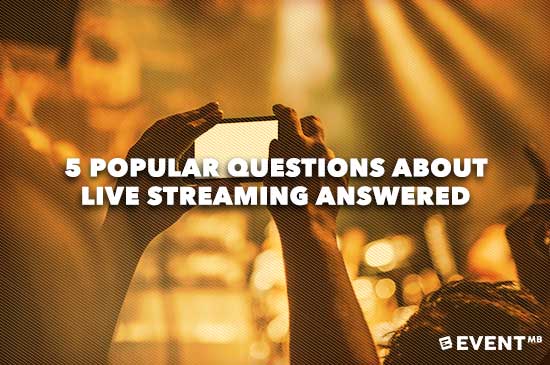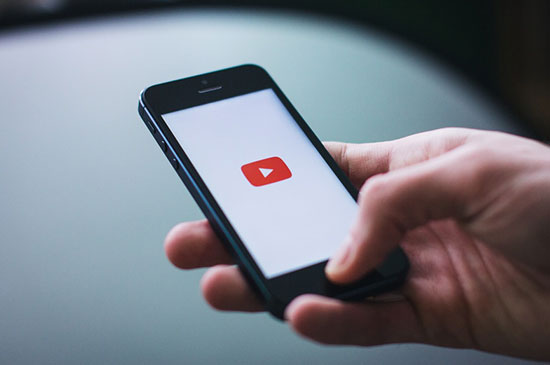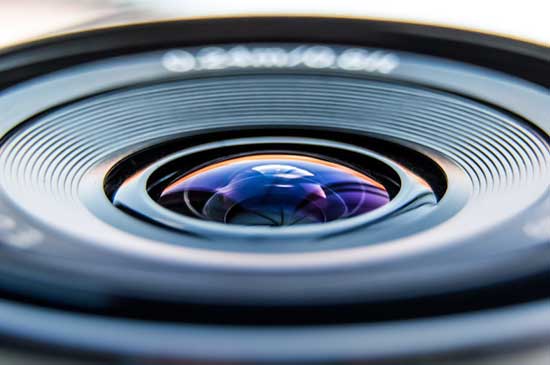5 Popular Questions About Live Streaming Answered

1. Is live streaming a fad?
Live streaming is not a fad. According to a report by Cisco, by 2019 video will account for 80 percent of global internet traffic. And after Facebook’s love of all things video in 2015 (just look at their algorithm’s preference for video content and their staggered release of Facebook Live), the number of video posts per person has increased 75 percent globally and 94 percent in the U.S. on the popular social media site.
2. How are event professionals using live streaming for conferences?
Caroline Avakian, managing partner at Socialbrite, says many of her nonprofit clients are looking at live streaming as a way to optimize their events. “Mostly we are using [live streaming] to be able to share events and panel discussions that most of our supporters aren’t able to attend. They will then live on our YouTube channel.”
Bill Sheridan, chief communications officer at Maryland Association of CPAs, said the organization will be using live streaming in their upcoming conferences, as well.
“I’ve been intrigued by the communications potential of Periscope and other live streaming services for a while now,” Sheridan said.
“I conduct many interviews with thought leaders at conferences throughout the country each year. Until now, I’ve been filming those interviews, then editing the video and posting it on YouTube. I plan to start live streaming those interviews…”

3. How are event professionals balancing the privacy and legal concerns?
In general, no copyrighted material may ever be recorded and content creators should always be aware of the potential for violating intellectual property rights. Streaming video with Meerkat or Periscope (or any similar service) in a public place is generally legal in most places, but marketers should obtain releases beforehand if they plan to use the content for commercial purposes. Consider live streaming the way you’d consider a TV spot as a marketer.
4. What are easy ways for event planners to add live streaming to their content mix?
Live streaming is ideal for capturing the moment and can be used for behind-the-scenes glimpses of conferences, how-to’s, quick interviews, live demos, and breaking news. Kami Watson Huyse, CEO at Zoetica Media, said that for one of her clients, “we plan to run interviews over live streaming on Google Hangouts on Air that then become our depository of videos on YouTube.”
Sheridan shared a new way his association started incorporating live streaming.
“We just recently started using Periscope to live stream a brief daily update of news that impacts our members,” he said.
“It’s a terrific tool for this type of content. The challenge, of course, is building awareness among our members and getting them to use it, but I think there’s terrific potential there from a communications point of view.”

5. What apps and tools can help #eventprofs in their live streaming efforts?
As live streaming transitions from exceptional to expected, event professionals can use all kinds of exciting technology tricks to make the live streaming experience even better. Here are several you’ll want to explore:
- Livestream, UStream, Justin.tv – These are the heavyweights of live streaming and offer up more options for developing a slicker, branded live presentations. Do you want to put on live education on a regular basis with options for multiple cameras and audio sources and control over elements like bottom thirds and integrated pre-recorded video? These platforms are used by Creative Live, NASA, TED, and associations of all ilks.
- Google+ Hangouts and Google+ Hangouts on Air, YouTube Live Streaming, Blab – The tools at this level are less slick, offer fewer capabilities than platforms like UStream, but still provide some features to control appearance and allow for multiple users to join in from their webcams. These are tools are great for quick and easy interviews and chats.
- Periscope, Meerkat, YouNow, Facebook Live – Primarily used on mobile first, these tools have the most limitations on what you can do with them, but they are the easiest to use for more people and offer built in audiences that encourage engagement. These live streaming apps also provide a “man on the street” kind of voyeuristic perspective that compels the audience to engage. Timewise, you probably want to or should limit these live engagements to 20-30 minutes at the longest, due to audience attention spans and time limitations within the tools themselves (Facebook Live only allows for up to 30 minutes streaming at a time).
- Katch – This is a handy Twitter and Periscope tool. Katch allows you to record your Periscope streams and house them on the Katch site for replay later. It also curates the content its users post and features various streams throughout each day.
- Kanvas – Ever see those animated themes in live streams and wonder how they got there? Social media celebrities, like Gary Vaynerchuk, use these regularly and while they can seem a little, well, hokey, they can lend an air of fun during a live stream. Would you want to use this for a serious panel discussion? No. But would this be fun if you were reporting live to your audience from a creative and more free-spirited kind of event? Absolutely. As always, the answer lies in understanding your message and your intended audience.
In Conclusion
Ultimately, only you will know whether you and your organization are ready for live streaming or not. You will want to ensure you are using the right platform for the right target demographic. There is no time like the present to research ways to integrate live streaming into your marketing strategy. Look over the platforms and choose one that will work best for your organization. Live la vida live stream!




